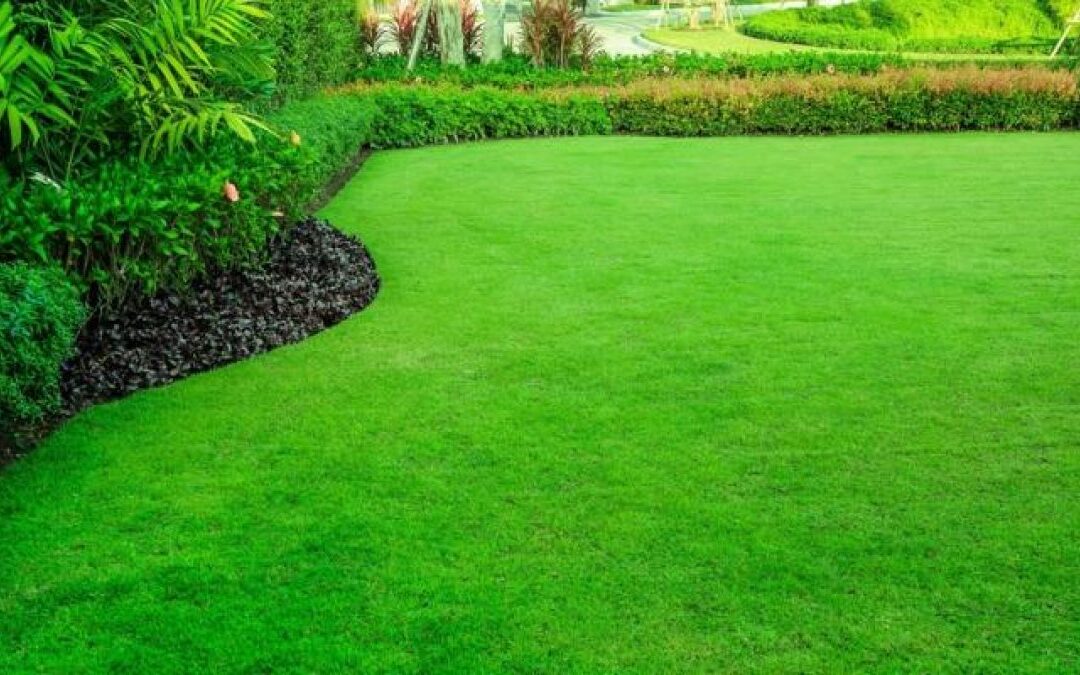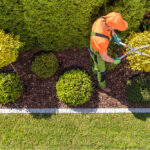How do I Prepare my Lawn for Spring and Summer?
With winter snows now in the rear view mirror, it’s time to start preparing your lawn for the upcoming spring and summer, so it will be healthy and appealing all season long.
A little bit of preparation at this time will go a long way toward keeping your lawn in tip-top shape, and staying attractive for the next several months.
Here are some of the ways you can prepare your lawn for the warmer weather on the way, so it’s ready to endure those hot summer days without suffering and losing its appeal.
How do I prepare my lawn for spring and summer?
Aerating your lawn
Spring is the best time to aerate your lawn, and you should definitely aerate if the soil in your area gets heavily compacted.
Dense soil has a tendency to choke off grass roots, and it can also inhibit the circulation of nutrients, water, and oxygen.
If you have children that spend a lot of time running over the lawn, that will also contribute to compaction, and it’s another reason you should aerate.
Remove excess thatch
Removing excess thatch from your lawn will have some of the same effects as aerating, since aeration helps to remove thatch.
However, thatching goes a step beyond and loosens the top layer of soil to help with circulation, and also removes dead grass from the soil.
That dead grass should normally decay and act as a fertilizer, but sometimes the process is slowed down so much that it becomes ineffective, and that’s when an assist would be helpful by thatching.
Fertilize the lawn
Early in the springtime, you should apply a combination crabgrass herbicide and fertilizer, so as to kill two birds with one stone.
The fertilizer will provide all the nutrients needed by healthy grass, and the herbicide will kill off crabgrass so you won’t have to fight it all season long.
After you’ve applied this combination to your lawn, you should do a follow-up treatment between six and eight weeks later, to reinforce the benefits.
Keep your lawn watered
Pay attention to the kind of weather you get throughout the season, and when rainfall is light, you should make sure to water your lawn so it gets all the hydration it needs to stay green and healthy.
If you notice that parts of your lawn are turning brown, you’ve already gone too long without watering, and your lawn is starting to suffer.
Don’t over-water the lawn, because that can suffocate the roots, but certainly do it as needed.
Mow the grass as needed
This may be something of a no-brainer, but you do need to keep your grass trim, both from an appearance standpoint and from a health perspective.
It’s important early in the season that you mow frequently, because if you let the grass grow too high before cutting, it can stunt the roots and will inhibit proper reproduction.
Once a week is probably not enough in most locations, especially if you notice your grass growing quickly.
Do any necessary landscaping
If you intend to add any landscaping features to complement your lawn this year, springtime is the time to undertake those projects.
Any new shrubs or flowers that you’ve been thinking about should be planted when there’s no danger of a frost, so they have time to acclimate before the really warm weather arrives in a few weeks.
Be aware of insect control
The main reason you would want to apply an insecticide on your lawn is if you are aware of a specific insect which is infesting your lawn, or if you have determined that they are there in excessive numbers.
Insects can cause grass to turn yellow or brown, and in some cases, they can cause it to die off altogether.
Fortunately, insects have a limited effect on your lawn, and you can usually prevent any damage by following all the recommendations listed above, i.e. aerating, fertilizing, mowing, and watering.
If you conscientiously undertake all these practices, you should enjoy an entire season with a vibrant-looking, healthy lawn.
About Green Grounds Landscaping, LLC
We are a full service, licensed and insured, landscape company providing excellent lawn care and landscape service for residential & commercial properties in Minnetonka, Eden Prairie, Edina, Delano, St. Louis Park, Minneapolis, St. Paul State of Minnesota licensed and certified for applications of pesticides and fertilizers.









